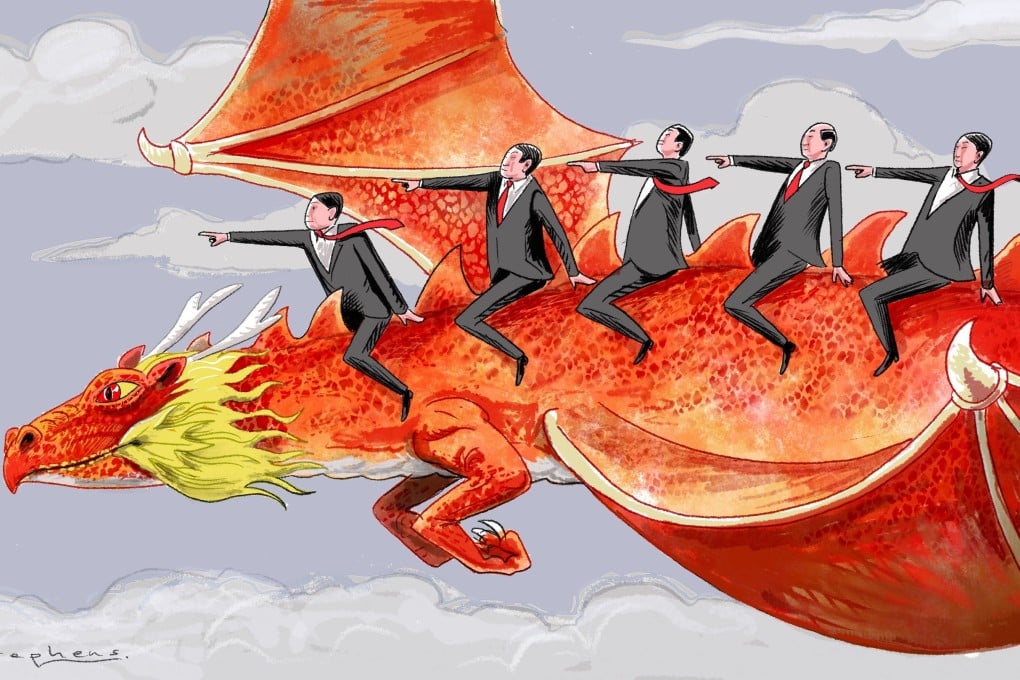Advertisement
Opinion | How China’s continued opening up sets country on path to better future
- China faces a much different world to when its process of opening up began, but its fundamental recipe for success has not changed
Reading Time:4 minutes
Why you can trust SCMP
2

At the third plenum of the 11th Central Committee in 1978, Chinese leader Deng Xiaoping called on Communist Party cadres to “emancipate our minds, use our heads, seek truth from facts”. He would soon take charge of a country that had freshly emerged from the disastrous upheaval induced by ideological extremism and unbridled mass mobilisation.
Advertisement
Few in the world then could have foreseen the seismic transformations that China would undergo. In strategically privatising segments of the national economy, bolstering governmental transparency and accountability and pursuing China’s integration into the global economy, Deng and his associates did away with the prior fixation on grand narratives and set the country on a track of pragmatism-fuelled modernisation.
Nearly 50 years on, China faces a vastly different world. It has leapfrogged many countries on its way to becoming the second-largest economy in the world. The Global South is rising, albeit unevenly and with apparent internal differences. Supply chains are increasingly being disassembled and reassembled, with finance and trade flows redirected along the lines of geopolitical and regional blocs.
Yet there are also similarities between the past and present. Some observers, such as historian Niall Ferguson, have argued that the present era is one of Cold War II. The much-heralded post-Cold War ethos of win-win globalisation and free trade appears to have given way to a rude awakening that intense strategic rivalries between great powers are here to stay.
With the third plenum taking place this week, China must recognise that its fundamental recipe for success has not changed. Keeping its doors open and making way for bottom-up experimentation remain integral elements of its economic success, especially as it seeks to undertake the much-needed transformation into a knowledge-based advanced manufacturing powerhouse with a robust, affluent middle class.
Advertisement
First, China must empower its entrepreneurs to fill pressing gaps and elevate the experimental competitiveness of both private and state-owned enterprises. Economist Keyu Jin has pointed to the demand deficit and loss of confidence in the private sector as obstacles in China’s post-pandemic recovery. Researchers have observed that local government debt has crowded out private investment through selectively imposing funding constraints.

Advertisement
.png?itok=bcjjKRme&v=1692256346)